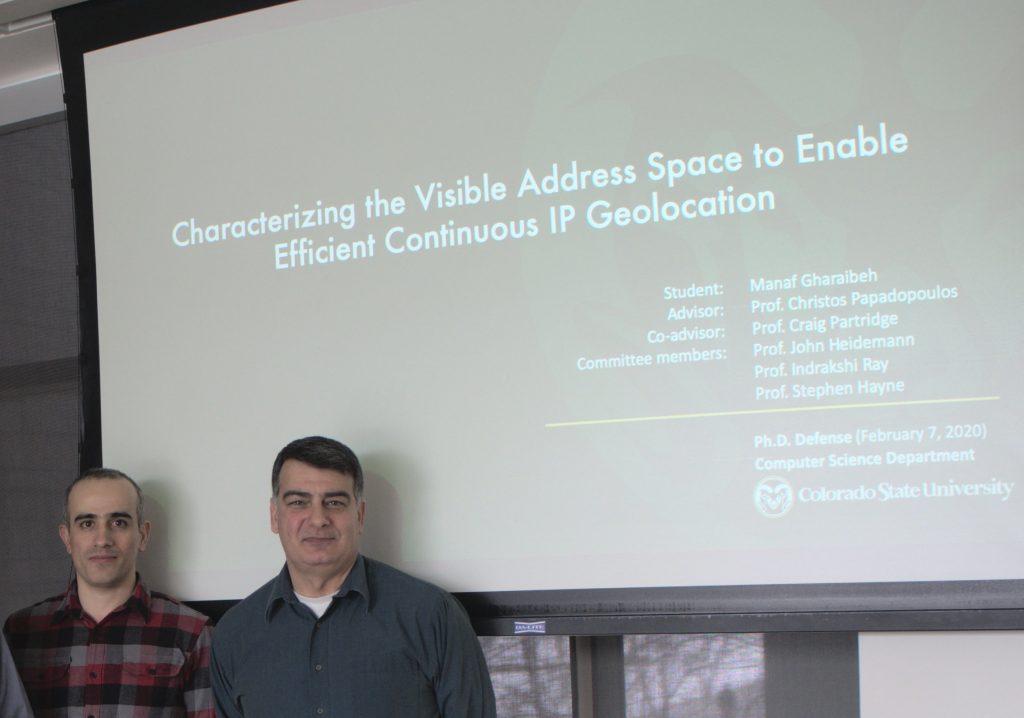John Heidemann gave the talk “Observing the Global IPv4 Internet: What IP Addresses Show” at the SKC Science and Technology Webinar, hosted by Deepankar Medhi (U. Missouri-Kansas City and NSF) on June 18, 2021. A video of the talk is on YouTube at https://www.youtube.com/watch?v=4A_gFXi2WeY. Slides are available at https://www.isi.edu/~johnh/PAPERS/Heidemann21a.pdf.
From the abstract:![]()
Since 2014 the ANT lab at USC has been observing the visible IPv4 Internet (currently 5 million networks measured every 11 minutes) to detect network outages. This talk explores how we use this large-scale, active measurement to estimate Internet reliability and understand the effects of real-world events such as hurricanes. We have recently developed new algorithms to identify Covid-19-related Work-from-Home and other Internet shutdowns in this data. Our Internet outage work is joint work of John Heidemann, Lin Quan, Yuri Pradkin, Guillermo Baltra, Xiao Song, and Asma Enayet with contributions from Ryan Bogutz, Dominik Staros, Abdulla Alwabel, and Aqib Nisar.
This project is joint work of a number of people listed in the abstract above, and is supported by NSF 2028279 (MINCEQ) and CNS-2007106 (EIEIO). All data from this paper is available at no cost to researchers.

